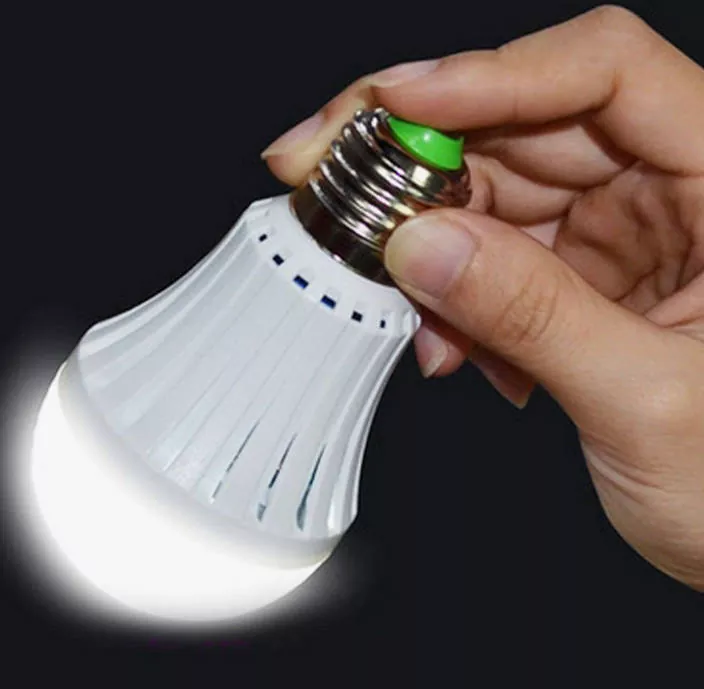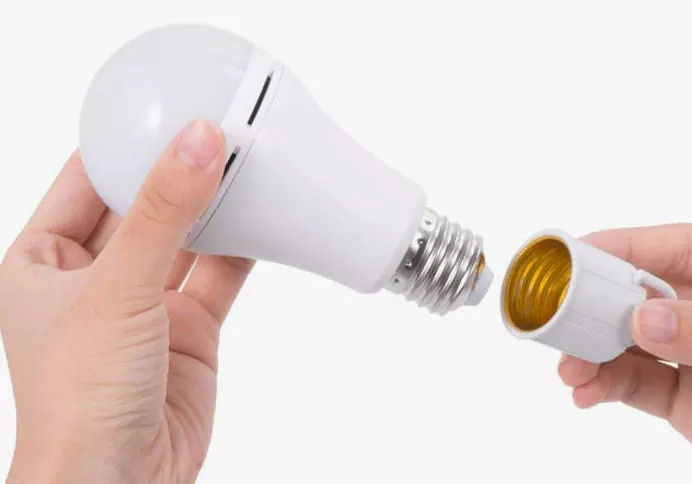
LED and traditional light bulbs (such as fluorescent or incandescent bulbs ) vary significantly in several fundamental ways:
1.Energy Efficiency:
LED bulbs are much more energy efficient than their equivalents. They require less electricity to provide the same amount lighting.
– resulting in lower electricity costs for homeowners and cost savings.
2.Lifespan:
LED light bulbs come with much longer lifespans than conventional counterparts. Traditional bulbs usually last between 1000-2,00 hours, while LED bulbs can live up to 15,000-50,00 hours and beyond, thus decreasing the frequency of replacements and maintenance expenses significantly.
3.Heat Generation:
LED bulbs emit just a little heat in comparison to conventional bulbs. This makes LEDs simpler to work with and reduces the fire risk associated with the fixtures enclosed.
4.Size and design:
LED bulbs are slimmer and smaller than traditional bulbs. This gives you greater flexibility when creating and arranging lighting fixtures.
5.Instantaneous Lighting:

LED bulbs offer instant illumination once they are turned on. This is in contrast to other traditional bulbs, such as fluorescents, that may require some time to reach maximum brightness.
6.Color Option for Temperature:
LEDs come with a range of colors, from warm white to cool white. This allows users to customize the ambience of their home to match their preferences. The traditional bulbs typically emit a set color, based on their design.
7.Environmental Impact:
LED bulbs are regarded as more eco-friendly than their traditional counterparts due to their lower energy consumption, their longer life and lack of hazardous substances like mercury. All factors which are present in fluorescent bulbs, but not when using LEDs.
LED lamps offer significant advantages compared to traditional bulbs when it comes to energy efficiency, lifespan, safety, and environmental impact. While their initial cost may be more expensive, their longer-term benefits often outweigh the initial cost.
